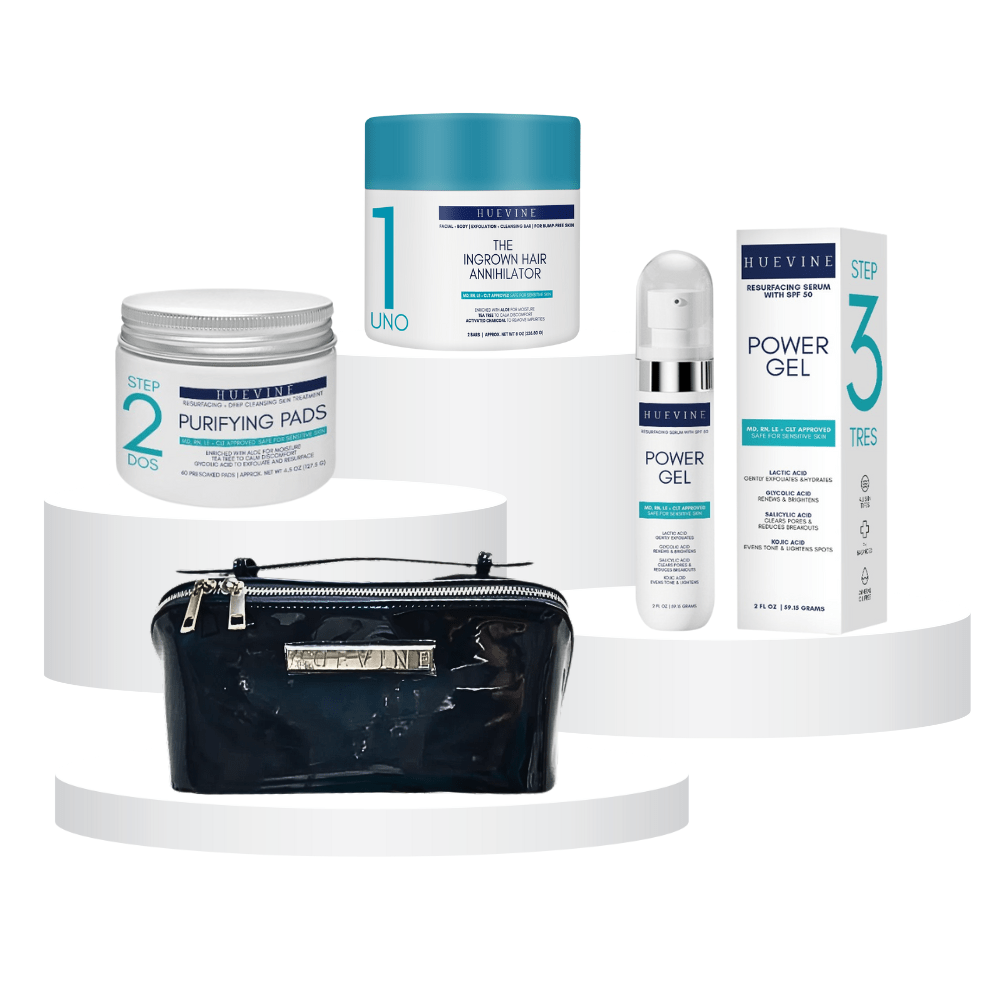What do moles look like?
Moles can range in color. They are generally medium to dark brown but can also be skin-coloured or black. The majority of moles are flat, relatively even in color and regular in shape. Some moles are raised and these are usually soft to touch and lighter in color.
Who should check their moles?
Everyone should check their moles, at least every 3 months. But if you have developed new moles or have a close relative with a history of melanoma, you should examine your body once a month.
Which ones should you worry about?
You should keep an eye on any that look different to your other moles in particular. Dysplastic moles are moles that look different to ordinary moles and may evolve to melanomas. If you have multiple dysplastic moles you are at greater risk of melanoma. If you have any moles that are larger than most, have smudgy or irregular edges, are uneven in color or have some pinkness, you should see a doctor and get them checked. If you notice a change in color or shape, or the mole becomes itchy, painful or starts to bleed, see a doctor immediately. Any moles that appear newly in adulthood should be checked. The most concerning sign, however, is a changing mole.
How to examine your skin
Start by taking off all your clothes and finding a good mirror. Pay close attention to all areas of your skin, even those that that are not exposed to the sun. Don't forget to check your back, back of the neck and scalp. You will need a friend or partner to help you. Remember not to miss ‘hidden' areas, such as between your toes, your fingernails, the soles of your feet and the backs of your knees.
If a mole has any of the following signs, get it checked by a doctor, don't wait for it to change.
The ABCDEs of moles:
- Asymmetry: One-half of the mole does not match the other half;
- Border: The border or edges of the mole are ragged, blurred, or smudgy;
- Color: The mole has different colors such as black, blue, white, or red;
- Diameter: The diameter of the mole is larger than the diameter of a pencil;
- Evolving: The mole looks different from others and/or is changing in size, color or shape;
The last letter, ‘E' is the most important. Any new or changing mole should be checked.
The best way to spot change is to photograph your moles regularly. Start by taking a photo with our diagnostic service today.The most common place for a melanoma in men is the back; in women, it is the lower leg. Remember, you should be checking regularly, and if you do have a mole you're worried about, don't delay in seeing a doctor.



